Published May-25-2016
Scott's Thoughts on Learning the Yard Birds
Last week, we heard from Tres about the kids’ science class for the school year 2015/2016. This week we hear from Scott: We started the bird class at the beginning of this school year because a family was planning to …
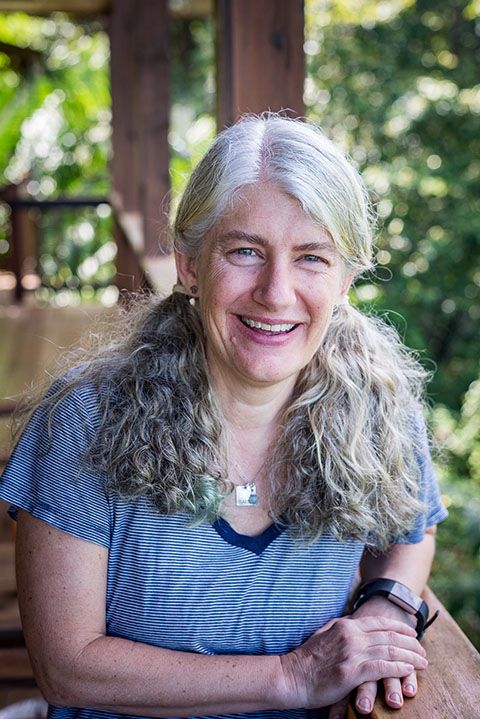
Renee
Owner/Operator at Tranquilo Bay Eco Adventure Lodge focusing on hospitality, hotel administration and volunteer efforts.
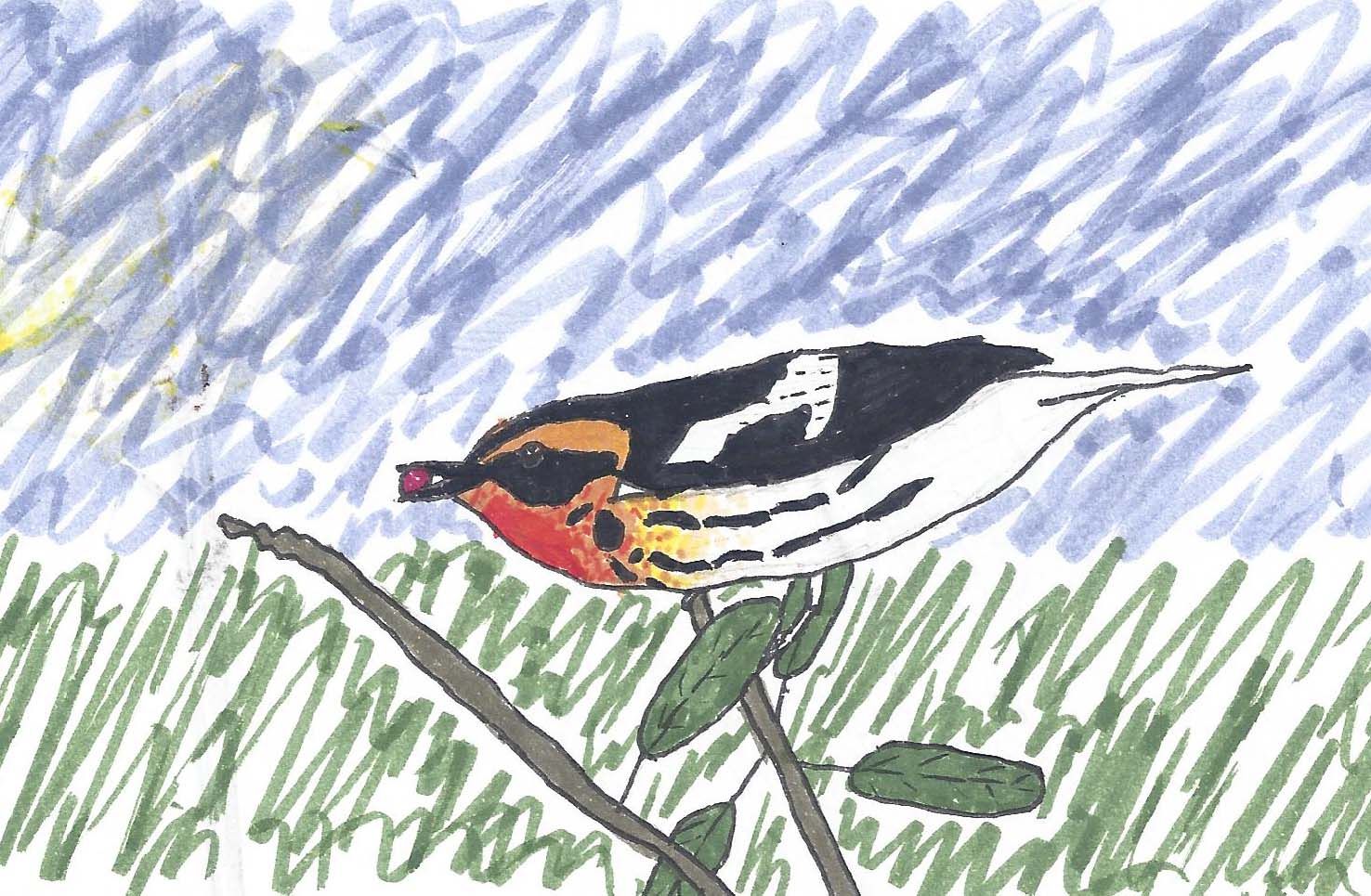
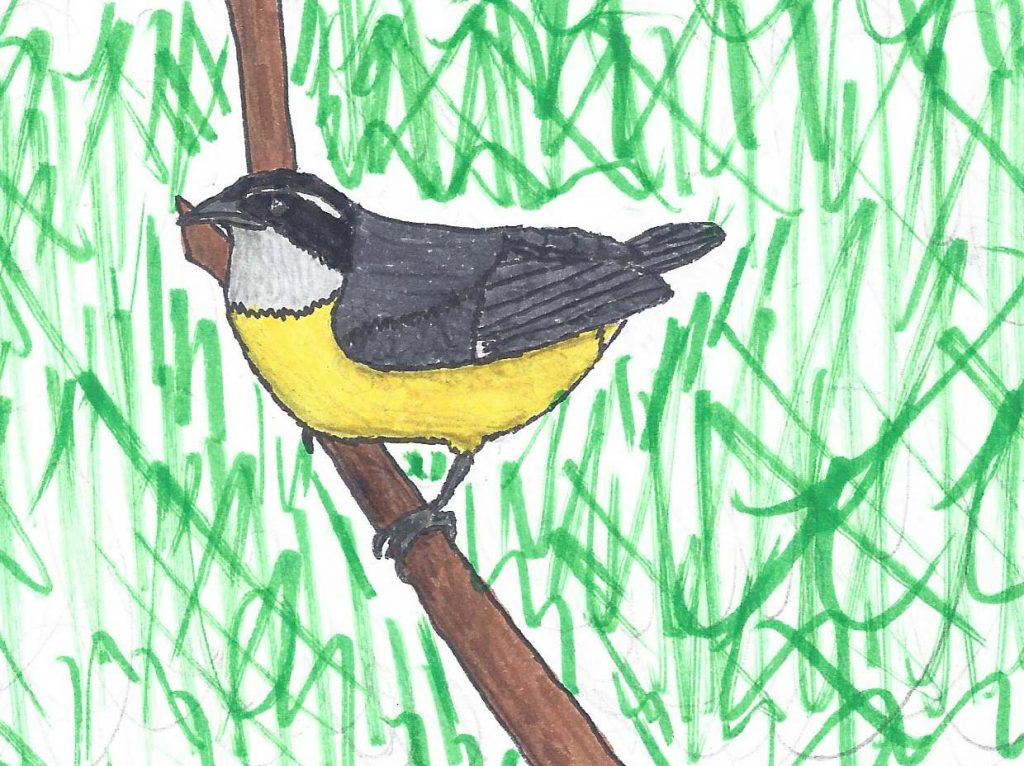
Bananaquit by Scott Viola
Last week, we heard from Tres about the kids’ science class for the school year 2015/2016. This week we hear from Scott:
We started the bird class at the beginning of this school year because a family was planning to come in the summer, and we (the kids) were to be the guides. We have sketched and studied every bird on site, except for the most recent additions to our list.
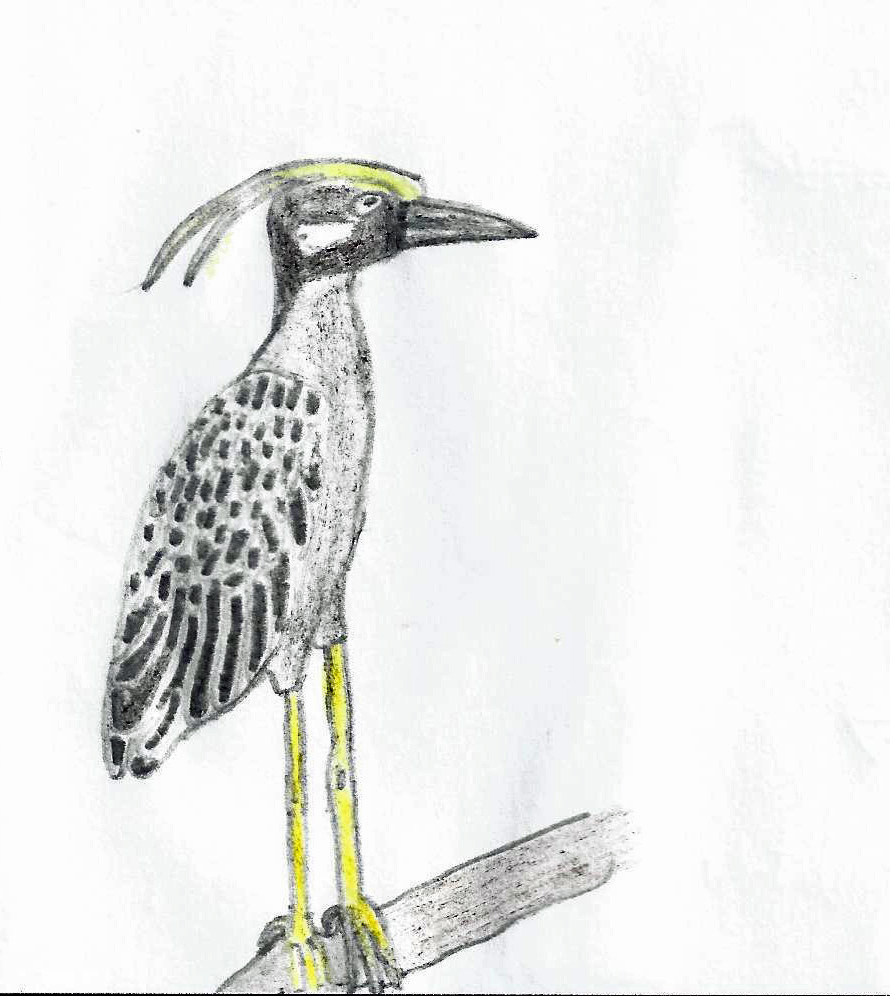
Yellow-crowned Night-Heron by Scott Viola
Every week, bird flashcards were created to tell us which birds to look into. Usually, five were assigned every week, but once it varied to seven! We designate common names, Latin names description, size, food, habitat, and location for each bird. We may draw or insert a picture of the bird. I’ve always drawn them.
As I went through the school year, I began to notice the bird life surrounding me. I never saw the thrushes, hummingbirds, warblers, flycatchers, seedeaters, and more before we studied them. I picked up many calls and songs, which are as helpful as sight, too.
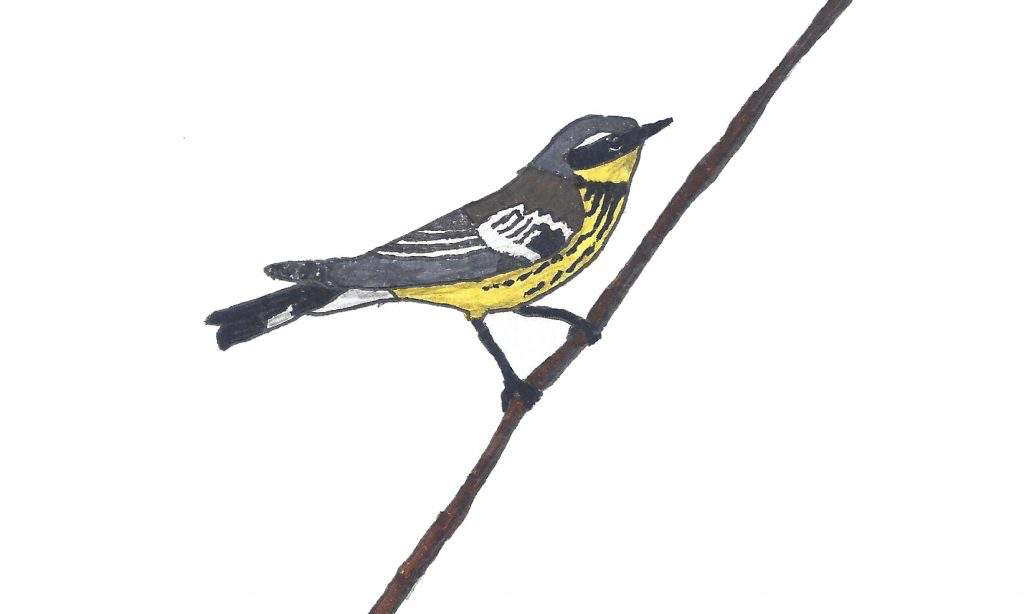
Magnolia Warbler by Scott Viola
Today, I recognize many of our birds by sight and sound. I locate some birds, especially flycatchers, by sound. I’ve acquired a pair of binoculars (Mr. Jeri says “a binocular”) of my own. I use them whenever I go birding, or even just walking or playing outdoors. I never know what will appear.
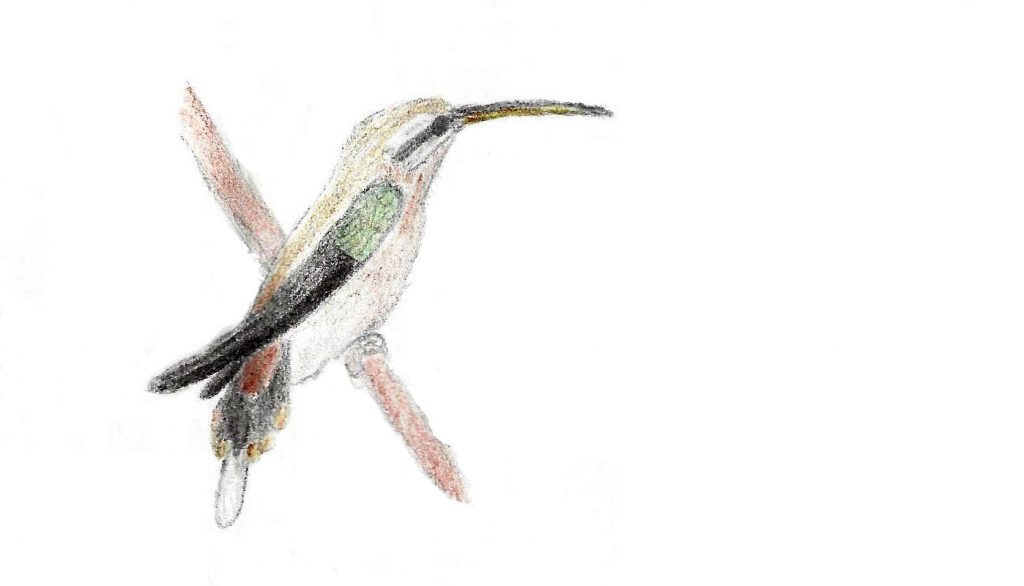
Stripe-throated Hermit by Scott Viola